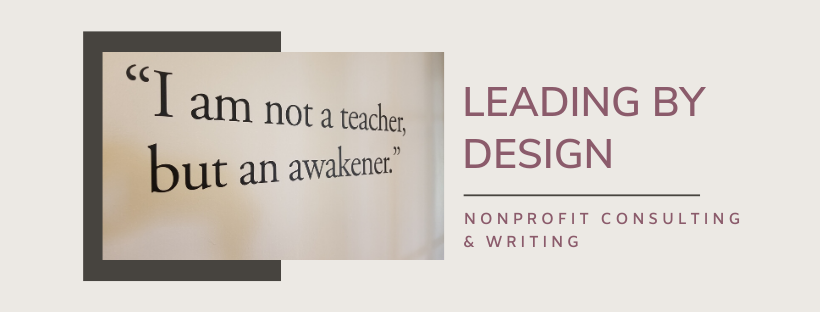JANUARY IS JUST AROUND THE CORNER (yikes!) and many if not most nonprofits will be holding their first board meeting of the new year sometime in the next four weeks. While we might be inclined to fall back on comfortable agenda formats and conversations for this meeting, if you're embracing 2014 as a year of intentional organizational development (see my post about that here ), then I know you're giving serious thought to rethinking what and how business will be discussed. For those of you from organizations that tend to tick methodically through task lists at board meetings before calling it a day, structuring the first board meeting of the new year around an evaluation of past successes and failures coupled with discussion about future directions is in order as one way to move from microscopic dissection to big picture strategy. For this type of conversation to be successful, it needs to be structured. One way to do that is with a handful of big questions and some s
